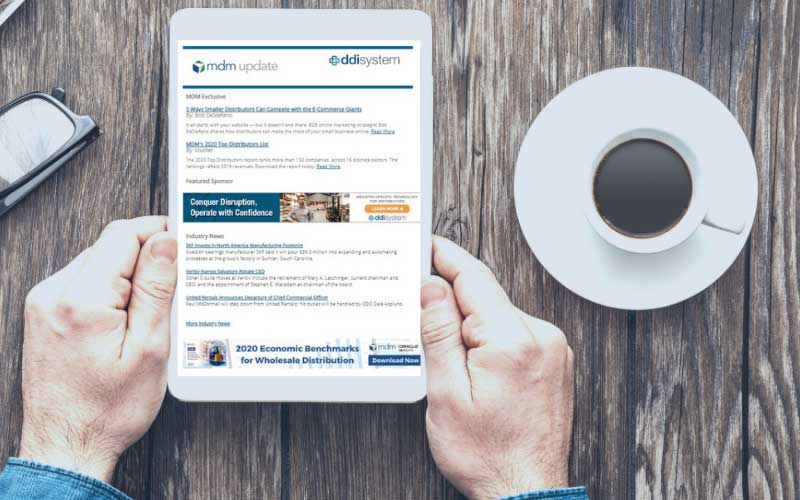Facing the Perfect Storm
The precarious position of companies serving residential construction markets was made even worse in late 2008 by the turmoil in the financial markets. For Western Tool Supply, a distributor, and STO Industries, a fastener importer, it meant having to file for Ch. 11 bankruptcy protection so they could meet their obligations and restructure. In this article, the companies tell their stories. MDM also examines bankruptcy trends and the impact of bankruptcies on the distribution channel.
For Kevin Kiker, closing down or even selling the company he founded more than two decades ago was not an option.
When the housing market crashed, and the credit crisis hit, Kiker had little choice but to file for Ch. 11 bankruptcy protection last year to save what he could of Salem, OR-based Western Tool Supply, a tool and fastener distributor. “It never crossed my mind to give up,” he says.
The task would be no small feat. At its peak, his company had grown to 75 branches in the U.S. and Canada. But due to the credit crisis and weak cash flow, bills were coming due from landlords, banks, and other vendors.
Kiker knew he had to restructure the business, or the business would not make it. “It was excruciating,” he says.
Facing the Perfect Storm Read More »
